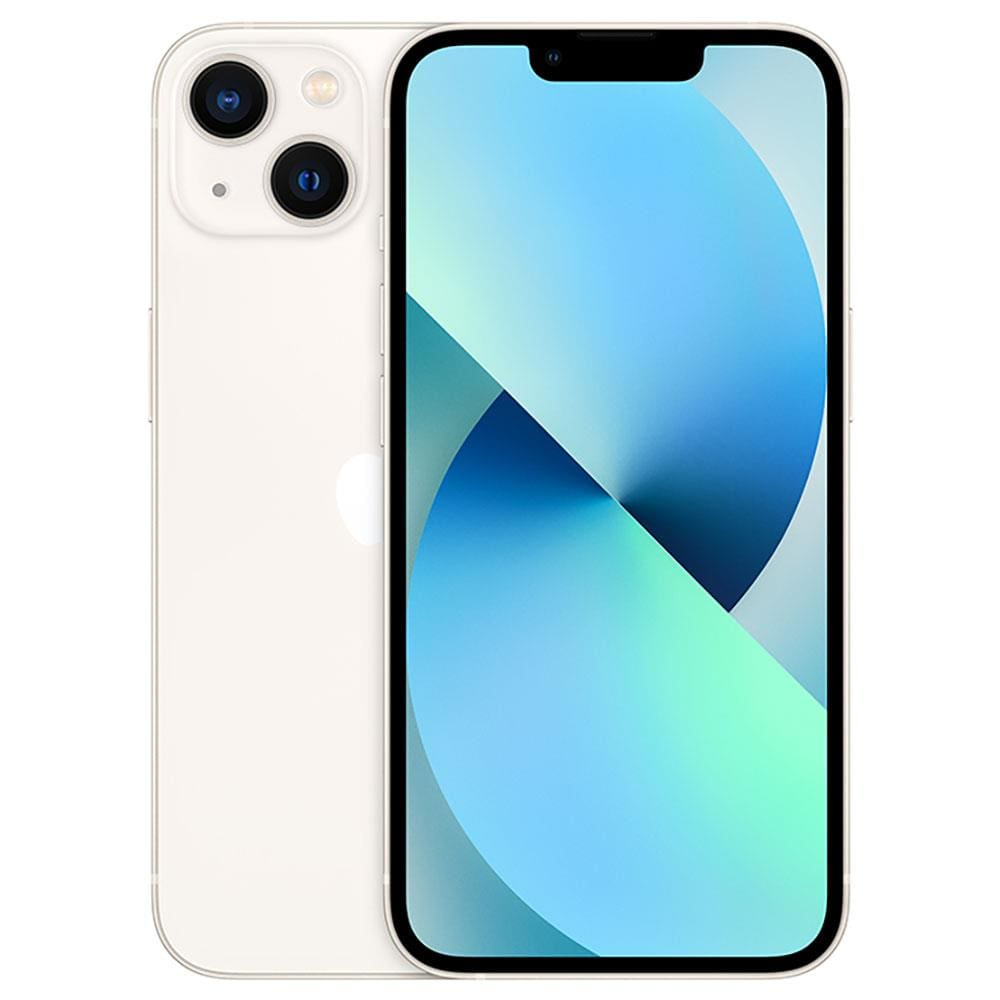The iPhone X marked a significant leap forward in Apple’s camera technology, introducing sophisticated photography capabilities to the iPhone lineup. With a dual-camera system on the rear and a TrueDepth camera on the front, the iPhone X camera offers users a range of features to capture high-quality images and videos.
Dual Rear Cameras
Dual rear cameras on smartphones offer a variety of benefits over single-camera setups. By having two separate lenses and sensors, manufacturers can provide users with additional photographic capabilities. Here are some of the common advantages and features of dual rear camera systems:
- Improved Image Quality: The primary camera usually captures the image, while the secondary camera can add depth, enhance detail, or gather additional light. This can result in better image quality, especially in low-light conditions or when capturing high-contrast scenes.
- Depth Sensing for Bokeh Effect: One popular use of dual cameras is to create a depth map of the image. This allows the phone to simulate a shallow depth of field, often referred to as ‘bokeh’, which can blur the background while keeping the subject in focus, similar to what can be achieved with DSLR cameras.
- Optical Zoom: Some dual-camera setups include one lens with a standard focal length and another with a longer focal length, allowing for optical zoom. This type of zoom maintains image quality as opposed to digital zoom, which simply enlarges the pixels and can lead to a loss of clarity.
- Wide-Angle Shots: In some dual-camera systems, the secondary camera has a wide-angle lens. This allows users to capture more of a scene in a single shot, which is useful for landscapes, architecture, and group photos.
- Improved HDR: High Dynamic Range (HDR) performance can be enhanced with dual cameras as they can capture multiple exposures simultaneously and combine them for the best possible shot.
- Color and Monochrome Sensors: Some dual-camera systems use one sensor for color and the other for black and white. The monochrome sensor can capture more light and detail, and when combined with the color information from the other sensor, it can produce an image with greater depth and clarity.
- Augmented Reality (AR) and 3D Applications: Dual cameras can provide the necessary depth information required for various AR applications and 3D imaging.
- Refocusing and Post-Capture Effects: With the depth data gathered by dual cameras, some smartphones allow users to refocus the image after it has been taken or apply various effects that would typically require a DSLR or editing software.
Manufacturers implement dual-camera setups in different ways, and the specific benefits can vary depending on the combination of hardware and software used. It’s worth noting that not all dual-camera systems are equal. Some may prioritize zoom capabilities, while others might focus on wide-angle shots or depth effects. The quality of the cameras, the processing algorithms, and how well they work together are also critical factors in the overall performance of the system.
Superior Image Quality
Utilizing both rear cameras, the iPhone X camera delivers stunning photos with vibrant colors and deep contrast. The device uses advanced processing techniques like computational photography and HDR to enhance image quality. Smart HDR brings out more detail in the shadows and highlights of your photos.
Portrait Mode and Lighting
Portrait mode, which simulates a shallow depth of field, allows users to take studio-quality portraits with a blurred background. Alongside this feature, Portrait Lighting offers various effects, such as Natural, Studio, Contour, Stage, and Stage Mono, adding a professional touch to your images.
TrueDepth Front Camera
The front-facing TrueDepth camera is a 7-megapixel camera that powers Face ID and brings Portrait mode to the front camera for the first time. It also supports Animoji and Memoji, allowing users to create and share animated characters based on their facial expressions.
Enhanced Selfies
With the TrueDepth camera, selfies are more expressive and clear. Portrait mode and Portrait Lighting effects are also available for the front camera, offering the same level of quality and creativity as the rear cameras.
4K and Slo-Mo Video Capabilities
The iPhone X camera can record 4K video at up to 60 frames per second and 1080p slow-motion video at up to 240 frames per second. These video capabilities make it a versatile tool for both amateur and professional videographers.
Advanced Video Stabilization
Optical image stabilization is available for both photo and video, helping to reduce blur caused by camera shake. This results in smoother, more professional-looking footage.
Conclusion
The iPhone X camera system represents a blend of sophisticated technology and user-friendly features, making it possible to capture professional-level photos and videos. With its combination of advanced lenses, sensors, and software processing, the iPhone X camera stands out as a powerful device for mobile photography enthusiasts.

